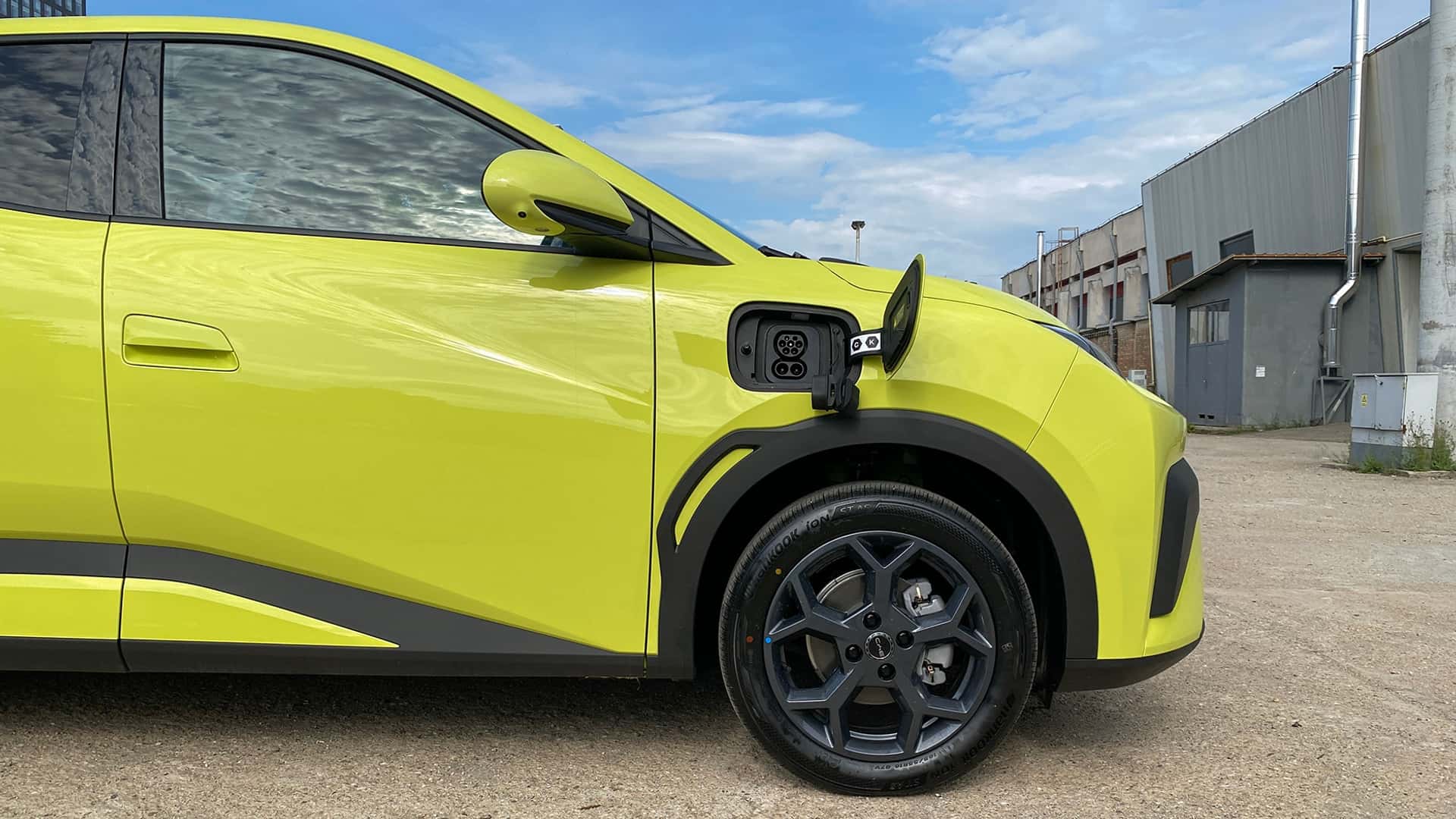Key Takeaways
- Electric vehicles (EVs) now represent 76% of Nepal’s new car market, driven by government incentives and taxation on combustion engine vehicles.
- Ethiopia has enforced a ban on the import of combustion engine vehicles, leading to a significant rise in EV adoption.
- China plays a crucial role as both the largest producer and supplier of EVs, influencing markets in developing countries like Nepal and Ethiopia.
Electric Vehicles Surge in Nepal and Ethiopia
Electric vehicles (EVs) are rapidly gaining ground in Nepal and Ethiopia, positioning these countries as surprising leaders in EV adoption. In Nepal, EVs accounted for 76% of new passenger vehicle sales in 2024, with nearly half of all commercial vehicles purchased being electric. This remarkable growth follows a nearly nonexistent EV market five years prior. The shift was catalyzed by heightened import taxes on combustion-engine vehicles coupled with reduced duties on electric models, making EVs more affordable.
The Nepalese government made this transition necessary after facing difficulties in oil imports from India, which imposed a blockade in 2015. To combat this issue, Nepal has focused on expanding its hydroelectric generation and enhancing its EV infrastructure, including significant improvements to the charging network in Kathmandu, and incentives for private-sector charging solutions. This substantial support has made EV charging significantly cheaper than the cost of fueling traditional vehicles.
A historical backdrop of complicated relations with China has shifted, as Nepal is now leveraging its geographical closeness to the world’s largest producer of EVs and batteries. Although most of the country’s population does not own cars—relying mainly on two-wheel vehicles—there’s increasing potential for the acquisition of EVs. Notably, services such as taxis and government fleets are transitioning to electric options, with China donating 100 electric buses to assist in reducing pollution in the capital.
Ethiopia’s initiative to ban the import of combustion engine vehicles has also shown promising results. This bold move has already resulted in 8.3% of its 1.3 million vehicles comprising purely electric models, positioning Ethiopia as the front-runner for EV adoption in Africa. The country aims to have 500,000 EVs on the road by 2030, suggesting strong progress toward this goal.
While established Western nations plan for bans on combustion vehicles—originally slated for 2035—many are now reconsidering the timeline amidst rising opposition to EV incentives. In contrast, the increasing availability of affordable EVs from China is catalyzing adoption in developing nations.
Vietnam exemplifies another instance of swift EV adoption, with local brand VinFast capturing 30% of the new car market in the first half of 2025. Government initiatives, such as exemption from registration fees and lower taxes for EVs, further bolster this growth.
Overall, the financial feasibility of EVs plays a critical role in consumer choices. Incentivizing EV purchases while imposing higher taxes on combustion vehicles can create a market environment where going electric is more economically attractive. While many developed nations are dialing back on incentives, developing nations may exceed EV adoption rates prior to balancing their economic prosperity with Western countries, largely due to the support of China’s EV industry.
The content above is a summary. For more details, see the source article.















